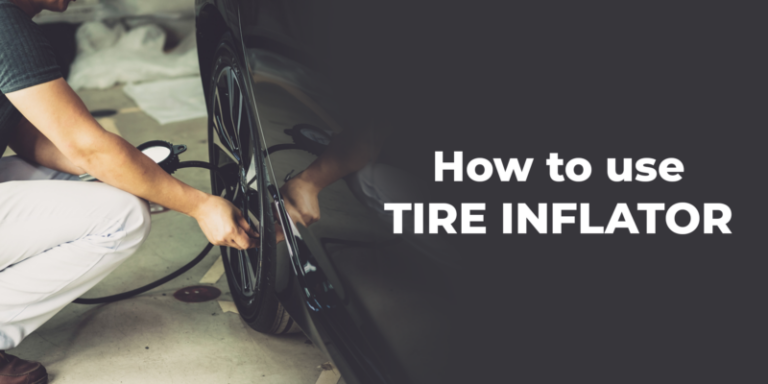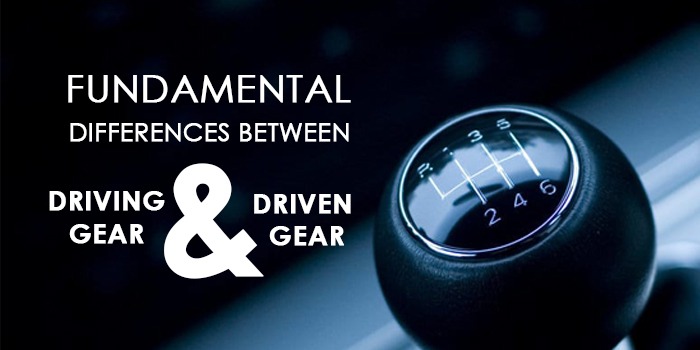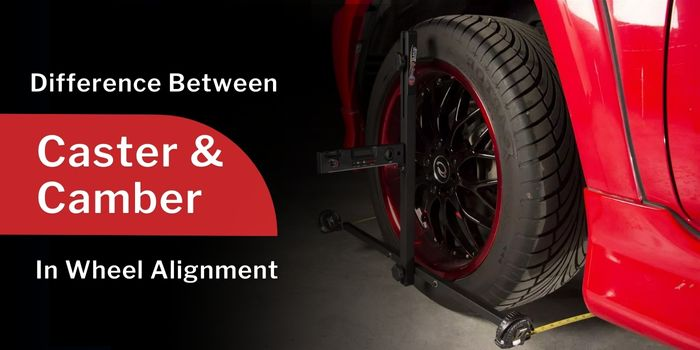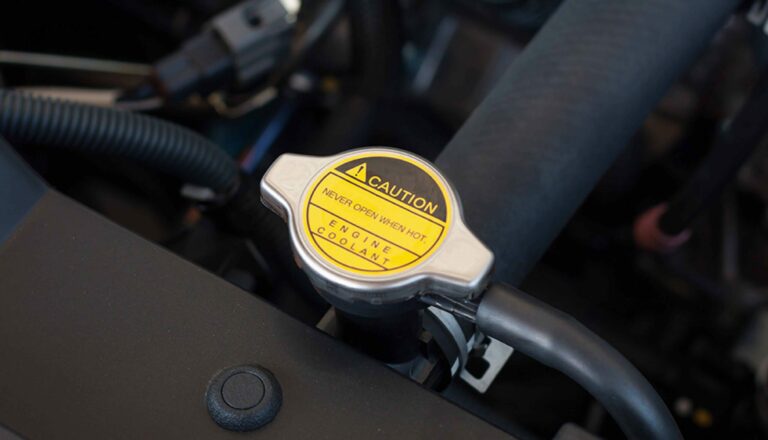
Seat belts are considered the most critical safety feature on modern vehicles, helping to protect drivers and passengers in an accident or sudden stop. However, not all seat belts are the same. The ones used in passenger cars vary greatly with safety harnesses in race cars. An important difference is the use of a seatbelt retractor in regular cars which enables the passenger to move freely with the seat belt on, yet it is able to lock up in an emergency stop. In this blog, we will look more closely at everything you need to know about these safety devices and how to replace a seat belt and seatbelt retractor.
Understanding a Seat Belt: Components and Design
When it comes to safety, you can’t forget about seat belts. They are now mandatory on all vehicles on the road and contribute to a significant decrease in injuries and risk to lives.
To understand how a seat belt works, let’s get into its design and components. A seat belt consists of the belt itself and a seat belt retractor. The belt is made from a strong, durable and non-stretchable material such as nylon and is designed to withstand large forces in a collision.
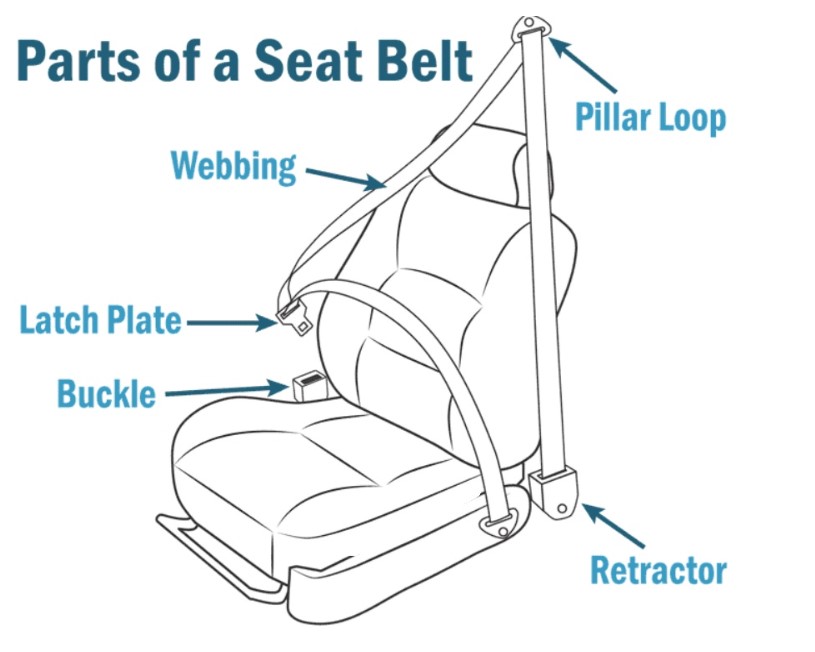
The seat belt retractor keeps the belt tight against the passenger, preventing excess slack. With a gentle pull, the seat belt can extend to accommodate the passenger’s movements within the cabin, but with a large force, the seat belt locks up and secures the passenger in the seat.
In addition to these basic components, you will also find the seat belt buckle, anchor points and pretensioners. The buckle holds the seat belt in place and allows it to be adjusted for a perfect fit. The seat belt is attached to the vehicle chassis at anchor points with large bolts designed to withstand the force of a collision. The pretensioners have a centrifugal force lock that keeps the passengers safely in their seats during an accident.
Checkout here What Is A V Belt And Why Is It Used In Cars
Step-by-Step Guide for Replacing a Faulty Seat Belt and Retractor
Replacing a seat belt and seat belt retractor can be a complex task for the uninitiated, as it does require some mechanical knowledge of the vehicle components and expertise in using tools. Since it is a critical safety mechanism, you must ensure that the work is carried out correctly and leave no room for errors as this may endanger lives in the event of an accident.

Here are the general steps involved to replace a seat belt retractor:
- Locate the mounting bolts and screws that hold the old retractor in place. You will find the mounting brackets behind plastic trim, under the seats and below the carpet. Consider removing the seat if it helps you access these tight spots. Use an appropriate screwdriver and socket wrench to remove the bolts and screws. Keep them aside and carefully remove the old retractor from its assembly.
- Line up the new retractor with the mounting bolts and thread the bolts and screws in position. Tighten them to the right torque settings as they should not be loose. At the same time, over-tightening them may damage the threads and cause the mounts to come off with sudden force.
- Test the new retractor and ensure it is working fine. Pull the seat belt out all the way and check if it retracts completely. Then pull it out with enough force to test if it locks up. Avoid twisting or any kinks in the belt as this may cause it to get stuck. The seat belt should slide smoothly in and out of the retractor without any hesitation.
- Once you have determined that the seat belt and retractor are working fine, reassemble all the trim panels, plastic covers and seat back in place. Fix the carpet with the mounting screws and position yourself in the seat. Wear the seat belt and check if it fits properly while checking that there are no loose mountings or anchor points.
Here Checkout the What Is An Alternator And How Does It Work?
Regular Inspection and Maintenance of Seat Belts
Seat belts and retractors must be examined to ensure they provide optimal safety for drivers and passengers. Follow these steps for a safe driving experience:
- Check the seat belt fabric for signs of wear and tear, cuts or damage. Replace the belt immediately if you notice any defects.
- Inspect the seat belt retractor, mounting points, brackets, buckles and any other hardware for signs of damage or wear. Make sure the seat belt works smoothly.
- Clean the seat belts with mild soap and water to get rid of any surface dirt. Do not use harsh chemicals or bleach as this may damage the fabric.
- Lubricate the seat belt hardware with a silicone spray to ensure that metal parts don’t jam up or get rusted from exposure to the elements.
- Adjust the seat belt straps for each passenger. They should fit snuggly over the hips and shoulders without any slack.
- If you notice any damage to the seat belts, replace them immediately. Inspect your seat belt components at least once a year or more frequently if you see signs of damage.
By following the above steps, you will ensure that your seat belt provides the best protection for you in the event of an accident. Remember seat belts in good condition are crucial for saving lives, so take care of them.
Also Read here Step-by-Step Procedure On How To Recharge A Car Battery
Conclusion
Replacing seat belts and seat belt retractors is a crucial task and should be enlisted to a certified mechanic if you cannot handle the task. A faulty seat belt can put the lives of the driver and passengers at risk. With the right set of tools and simple guidelines, replacing seat belts is quite an easy task that can be done with a little bit of patience.
We hope this guide on how to replace seat belts and seat belt retractors provided you with some useful tips and information to make the job easier. Remember to prioritize your safety and the safety of your passengers when it comes to vehicle maintenance.
Read some more interesting articles on the Carorbis blog. Also, have a look at These Awfully Simple Tricks & Devices to Prevent Car Theft With and also What Is Car Central Locking And How It Works
Frequently Asked Questions
Q1. Is Seat Belt Required for Airbags?
Ans. Yes, a seat belt must be worn for an airbag to be effective. Airbags work in conjunction with a seatbelt to provide additional protection in the event of a crash. The seat belt restrains the occupant in the seat. Without a seat belt, the occupant would hit the airbag at high-speed causing injury or even a fatality. Also, the seat belt holds the occupant in the right position for maximum protection and allows the airbag to deploy properly. Always remember to wear a seat belt in a car equipped with airbags.
Q2. Why Seat Belts Are Used in Cars?
Ans. Seat belts are used to keep the occupants safe in the event of a collision or crash. Wearing seatbelts reduces the likelihood of injuries by restraining the driver and passengers in the seat and preventing them from being ejected from the vehicle. The occupant is held in position without risk of hitting the windshield or dashboard. Seat belts also spread the force of impact which reduces the severity of injuries, particularly to the head, neck and spine.
Q3. How Many Seat Belt in Car?
Ans. Typically each seat in a car should have a seat belt. Most passenger cars have two seat belts in the front seats and three in the rear seats. Modern passenger cars are designed to seat 5 adults, so a total of 5 seat belts are mandatory. Larger SUVs and MPVs have space for at least 8 passengers, which means they will have 8 seat belts. It is not safe for two or more people to share a seat belt as it may lead to injury in the event of an accident.
Q4. What is a Seat Belt Retractor?
Ans. The seat belt retractor is a component of a seat belt system which keeps the belt straps tight and properly positioned around the occupant’s body. It is attached to the vehicle’s frame and is responsible for retracting excess seat belt and preventing the belt from getting entangled or caught in the vehicle door. The retractor can release the seat belt allowing the occupant to move freely within a certain range of motion but is designed to lock up in the event of a collision to restrain the passenger.
Q5. How to Fix a Seat Belt Retractor?
Ans. Since the seat belt retractor is a safety critical task, repairs should be carried out by a certified mechanic. Here are some basic guidelines that a mechanic can follow:
- Inspect the seat belt retractor for signs of damage or obstruction. Replace damaged components.
- Check for signs of wear, fraying or damage in the belt and replace it if necessary.
- Test the retractor and ensure that it pulls out freely and retracts properly.
- The seat belt should lock with enough force to hold passengers in place in the event of a collision.
Q6. How Seat Belt Retractor Works?
Ans. The seat belt retractor consists of a spring-loaded spool attached to the belt fabric. As the seat belt is pulled out, the spring is unwound and retains a force to pull back the belt. The retractor has a mechanism to lock the belt if it pulled out too quickly, such as during an accident. This is known as locking mode and keeps the passenger safe in his seat.
Q7. How Do You Get the Seat Belt Retractor to Release?
Ans. If the seat belt retractor locks up during an accident, it can be released by pressing the open button on the seat belt buckle. This will release the seat belt and allow the passenger to move out of the seat. The seat belt should only be released when the vehicle is safely parked or when the driver or passenger is exiting the vehicle. While driving, the seat belt should always be fastened to ensure safety in the event of a collision or sudden stop.
Q8. What to Do When the Seat Belt Retractor Will Not Release?
Ans. First, try pulling out the seat belt as far as it will go and then letting it retract back into the seat belt mechanism. You can also try gently pulling and jiggling the seat belt, then pressing the release button on the buckle. Sometimes a twisted belt or object may be obstructing the seat belt retractor. Try not to force the seat belt out of the retractor as this may damage it, which could put the passenger’s safety at risk if the seat belt malfunctions.
Q9. How to Tighten Seat Belt Retractor?
Ans. Seat belt retractors are designed to tighten automatically with the help of wound springs. If they don’t tighten, then pull the seat belt all the way out and let it retract. Repeat this process several times until the tension in the seat belt is restored. Test the seat belt if it locks up with sufficient force because this ensures the safety of passengers in the event of an accident. Check the tension in the seat belt. If it retracts too slowly or not at all, you may need to replace the mechanism.
Q10. What is the Process for Seat Belt Retractor Replacement?
Ans. Obtain a replacement seat belt retractor mechanism that is compatible with your car’s make and model. The retractor will be surrounded by pieces of trim and plastic cladding which needs to be disassembled before installing the new retractor. Some seat belt retractors have electrical connections and sensors which tell the car’s onboard computer if the seat belt has been fastened properly while driving. Make sure to keep these wire connectors intact and attach them firmly to prevent loose connections. Finally, test the seat belt so that it locks up with sufficient force.
Q11. Reasons for a Seat Belt Retractor Not Working?
Ans. Most often, the seat belt retractor mechanism gets worn out and needs to be replaced. Sometimes, dirt and debris can get caught in the seat belt, causing it to become clogged or stuck. The spring can lose its winding tension and cause the seat belt to remain slack. Over time, seat belt retractors can wear out and become less effective, especially in older vehicles.
Q12. How to Improve Seat Belt Retractor?
Ans. Regular maintenance of the seat belt retractor includes cleaning and lubrication, which can improve the life and functionality of the seat belt. New seat belt retractors have pre-tensioners that automatically tighten to keep the passenger snuggly in position. There are also advanced sensors that warn drivers when their seatbelts have not been engaged or when there is a problem with the mechanism. These improvements will ensure better safety standards in cars.


